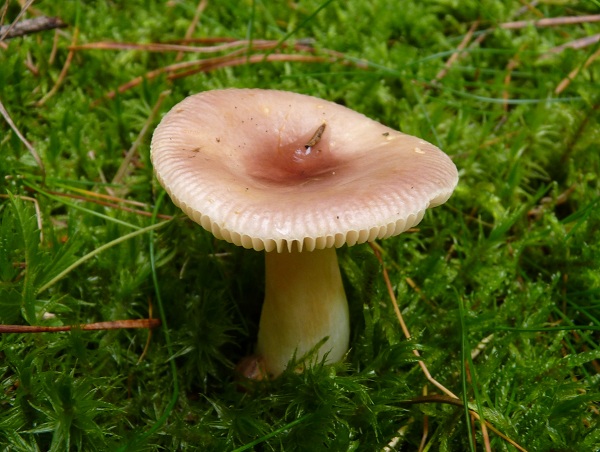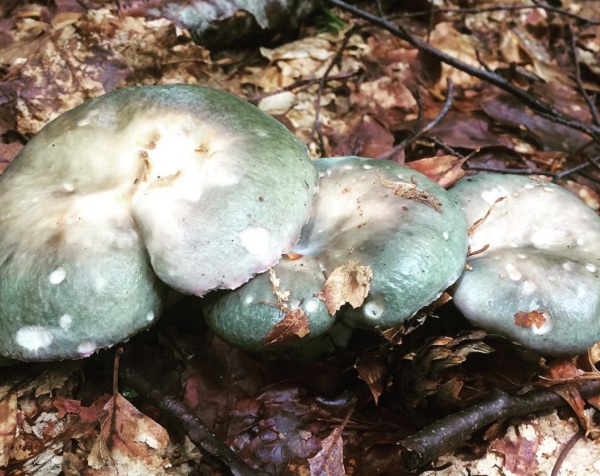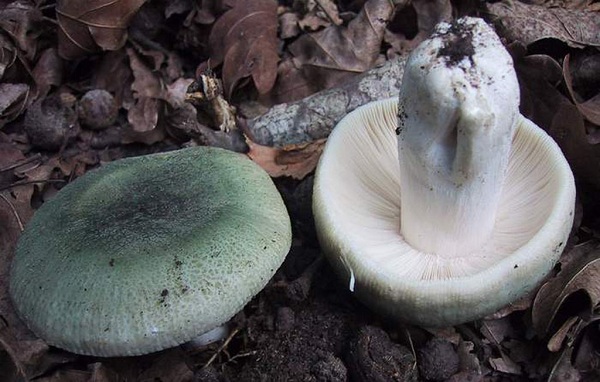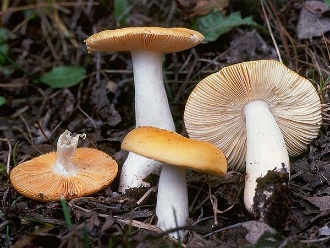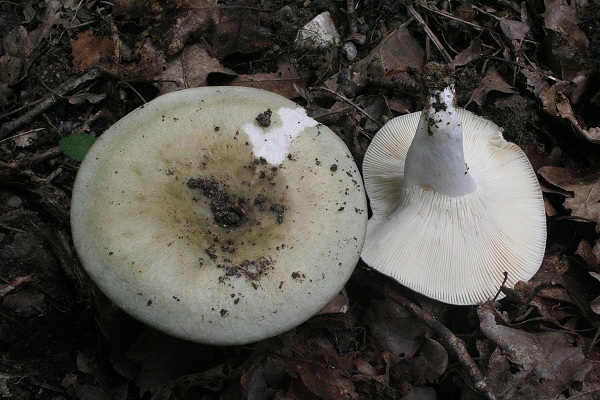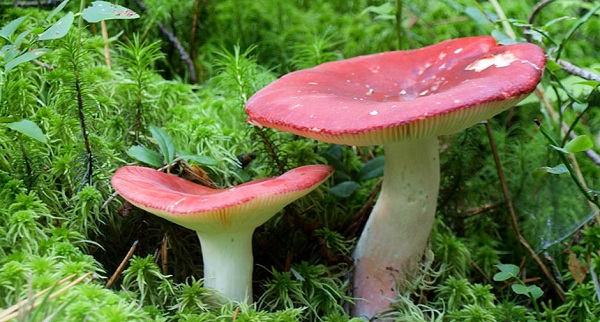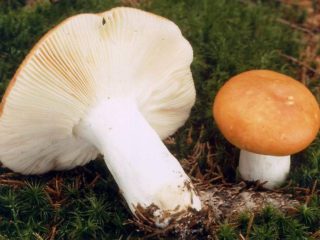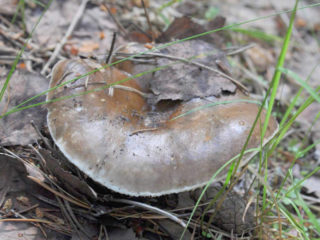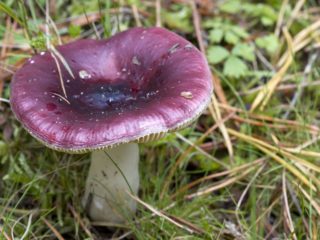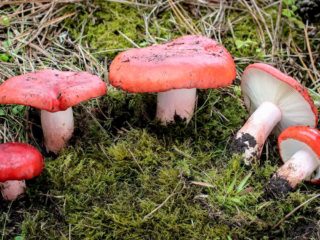Content
Autumn rains and dampness are a great habitat for mushrooms. Many varieties are considered healthy, some are eaten raw or lightly boiled. Russula got this name due to the presence of russulin, an active biological substance. That is why they can be used for any cooking option.
Why are russula so called
The origin of the word "russula" dates back to the times of the Old Church Slavonic dialect. When decoded, it sounds like raw food - a mushroom that can be eaten raw. However, russula was used even before the discovery of russulin.
For a long time, mushroom pickers, when harvesting, were guided by the sense of smell, sight, taste buds. For example, podgruzdok is eaten raw or in any other form. The possibility of using mycelium is determined by taste: if the cap is bitter, odorless, bright, sticky, then it cannot be eaten.
The russula is the opposite on all counts, the fruiting body has:
- sweetish aftertaste;
- characteristic aroma mixed with sweetness;
- surface of the cap rough to the touch;
- brittle structure of the cap and mycelium stem.
The Latin name for russula is rússulus, which means red or reddish when translated, because most of the mushrooms from this family have a red cap. Most of the russula family are edible, other species are slightly bitter, but the aftertaste goes away after heat treatment or pickling.
Is it possible to eat russula mushrooms raw
Freshly harvested crops from various types of russula are not recommended to be tasted or eaten. In the forest, this is also not worth doing. They are eaten raw at the point of collection only if the mushroom picker is sure that he belongs to the edible variety. The russulin contained in the mycelium was discovered quite recently, but it is scarce in other varieties of mycelium, therefore, because of the bitterness taste, the mushrooms are boiled and then used for various dishes. The enzyme makes them sweet, edible, and adds flavor. There is no russulin at all in the poisonous mycelium, so any eaten mycelium will cause irritation of the mucous membranes, vomiting, and diarrhea.
What russula can you eat raw
Scientists have identified only 32 edible species. Some of them are present in almost every forest in Russia. In many cases, mushroom pickers come across the most common varieties of usable russula:
- Blue-yellow. The mushroom has an unusual color - dark blue edges and a yellowish middle of the cap, so such a strange name for russula is of interest. It is found in the forests of Europe, Asia, Russia, and is appreciated for its unusual aftertaste in gourmet culinary dishes.
- Green - the usual pale gray mycelium. The hat in the center has a greenish color. The mushroom is edible, not bitter. Grows and reproduces in mixed or deciduous forests, mostly adjacent to birch.
- Golden yellow or red russula. The unusual appearance is characterized by a memorable color, the scent of roses. It tastes sweet, does not taste bitter. It is found in deciduous and rarely in coniferous forests. It is considered a delicacy for European cuisine.
- A variety of the Fork mushroom. The russula is eaten raw, it tastes like mushrooms. Lamellar mycelium is flexible and tapering towards the base of the stem. Grows in forests of any type, found on forest edges, berry glades.
- Olive - the mycelium cap is dry and rough. The olive color often alarms mushroom pickers. For some time now, the fruiting body has been used as dry fiber for food supplements. Mycelium is pleasant to taste and smell, it is found everywhere.
- Swamp. Despite the name, it is very nutritious for the body, edible in any form. It has no taste, but has a pleasant fruity aroma. It is a lamellar mushroom with an even red cap and white dense flesh. It can be found in swamps, next to a stream or coniferous forest.
How raw russula taste like
Mushrooms are only called russula, but most species must first be determined by taste and edibility, then treated with boiling water. The taste qualities of russula are appreciated for the uniqueness of the aroma and nutrients. All these qualities are most pronounced in pickled mushrooms. The pulp and taste depend on the locality of mycelium growth, as well as on the presence of absorbed substances from the soil. Forest species are the most delicious - mushroom pickers think so, but grown mycelium on their own plot or under artificial conditions is more useful. After heat treatment, the taste does not disappear, sometimes the smell and aftertaste become more pronounced. The most common mycelium does not taste bitter, gives off a sweetish or mushroom aftertaste, often smells like ozone or grass.
Conclusion
The russules got this name because their mycelium is harmless to humans if the mushroom belongs to the russula family. The fruit body of the edible species is fragile. The mushroom is low in calories, so it can be used for diets and diseases of the gastrointestinal tract. As russules grow and multiply quickly, spores can be purchased during the harvest season to try growing real mycelium. This eliminates the need to search for mushrooms in ravines or forests.
